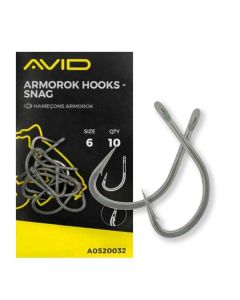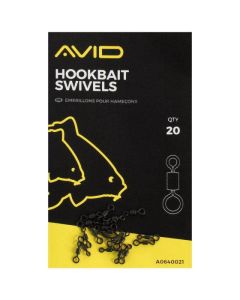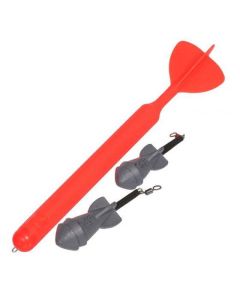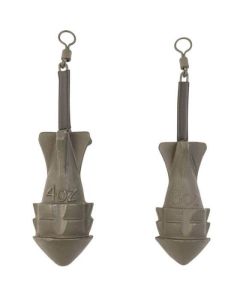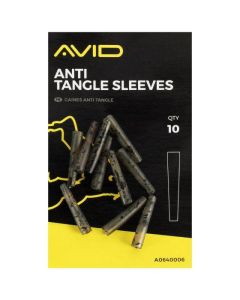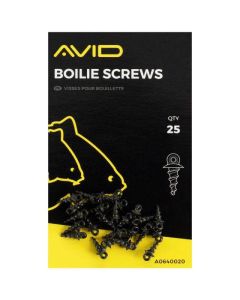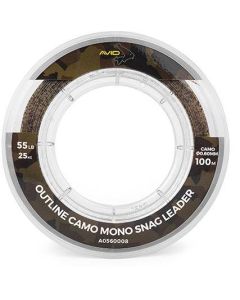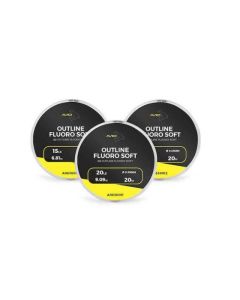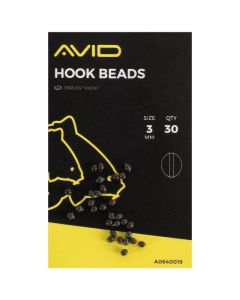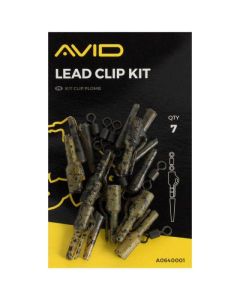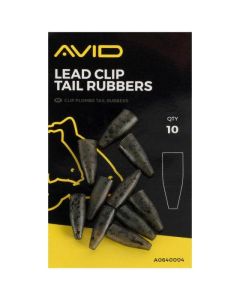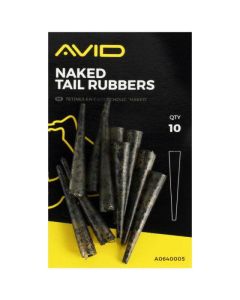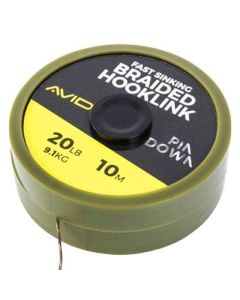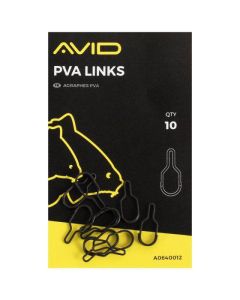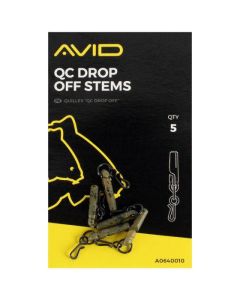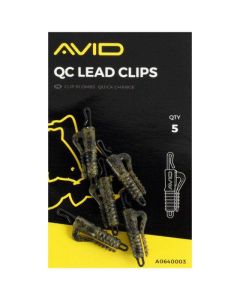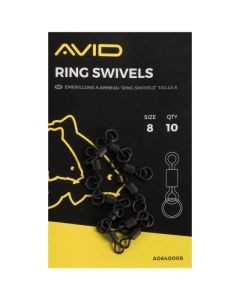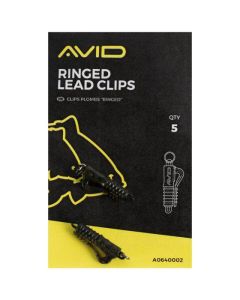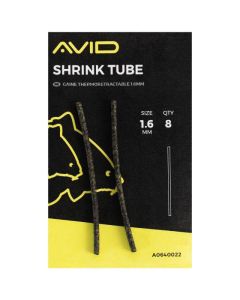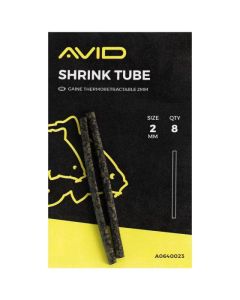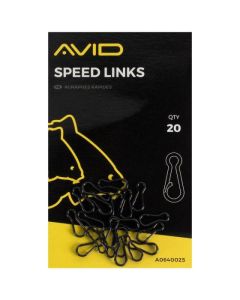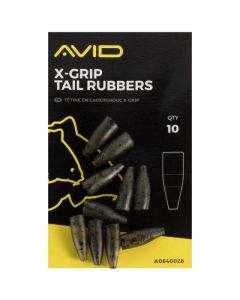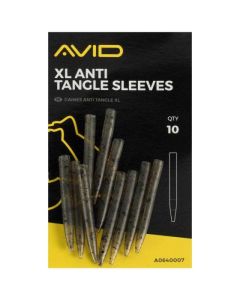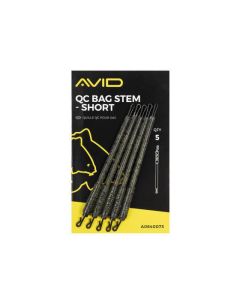Introduction: Mastering the Art of Angling with Essential Fishing Accessories
In the dynamic and intricate world of angling, the difference between an average and an exceptional fishing experience often lies in the choice and use of fishing accessories. Terminal tackle, an essential component of these accessories, forms the critical connection between the angler and the fish. This comprehensive guide explores the vast array of fishing accessories on terminal tackle. We delve into the nuances of hooks, leaders, leads, and lures. We provide insights and tips for anglers of all levels, from beginners embarking on their first fishing journey to seasoned veterans seeking to refine their techniques.
Ready-Tied Rigs: Tailoring Your Approach for Maximum Effectiveness
Ready-tied rigs have revolutionised fishing by offering optimised setups for various angling scenarios, allowing anglers to concentrate on the fishing experience rather than the intricacies of rig assembly.
- Carp Fishing Rigs: Renowned brands like Fox and Nash provide a spectrum of carp fishing rigs, each designed for specific situations. These include the popular Hair Rig, ideal for boilie presentation, and the Chod Rig, perfect for fishing in weedy or silt-laden waters. Anglers can select rigs based on the water depth, type of bait, and the behaviour of the local carp population.
- Coarse and Match Fishing Rigs: Precision is critical in match and coarse fishing. Brands like Preston Innovations and Drennan offer a variety of pole and feeder rigs, each crafted for specific types of bait and water conditions. These rigs are designed to enhance bait presentation and improve bite detection, key factors in competitive angling scenarios.
- Sea Fishing Rigs: Sea fishing demands tackle that can withstand the rigours of the marine environment. Durable rigs from brands like Korda and Shakespeare are designed to target a wide range of sea fish, from bottom-dwelling species to surface feeders. These rigs incorporate elements like heavy-duty hooks, abrasion-resistant lines, and specialised weights to handle strong currents and saltwater conditions.
Leaders: Crafting the Perfect Link Between Line and Lure
The leader is a critical component of fishing tackle, offering both functional and strategic advantages in various fishing scenarios.
- Fluorocarbon and Monofilament Leaders: Berkley and Seaguar are among the leading brands offering high-quality fluorocarbon and monofilament leaders. Fluorocarbon leaders are favoured for their near invisibility underwater, making them ideal for clear water conditions and line-shy fish. Monofilament leaders, known for their flexibility and shock absorption, are preferred when a delicate presentation is crucial.
- Braided and Coated Leaders: In situations where anglers need a combination of sensitivity and strength, such as in carp or predator fishing, braided and coated leaders are the go-to options. ESP and PowerPro offer braided leaders that provide excellent bite detection and durability. Coated leaders, popular in complex carp rigs, offer the stiffness needed for precise bait presentation while maintaining enough flexibility for natural movement.
Rig Tubing and Other Terminal Tackle: Enhancing Efficiency and Stealth
Rig tubing and other components of terminal tackle play vital roles in the success of a fishing expedition, offering both protection for the line and improved bait presentation.
- Rig Tubing Varieties: Gardner and Korda provide a range of rig tubing options, each suited to different fishing environments. Silicone tubing is preferred for its flexibility and lower visibility, ideal for clear waters where fish are easily spooked. Stiff plastic tubing, on the other hand, is used in environments with rough terrains or snag-prone areas, providing robust line protection. Leadcore tubing, especially useful in carp fishing, helps conceal the line on the lakebed, a tactic often employed to outwit wary carp.
- Swivels and Links: Swivels and links are small but critical components of terminal tackle, playing a significant role in rig functionality. Swivels, such as those offered by Mustad and Owner, prevent line twists and allow for smooth movement of the bait or lure. Quick-change links, like those from Korda, facilitate rapid changes of rigs or weights, which is essential in dynamic fishing conditions.
- Floats and Feeders: Drennan and Guru are notable for their range of floats and feeders, each designed for specific fishing styles. Floats are crucial in determining the depth at which the bait is presented and detecting bites, especially in coarse and match fishing. Feeders, including cage feeders and method feeders, are essential in delivering bait effectively to the targeted area, a key strategy for attracting fish in freshwater and sea fishing scenarios.
Expert Insights: Tips and Strategies from Seasoned Anglers
Beyond the choice of gear, the success of an angling expedition often hinges on the strategies employed and the insights gained from experience. Seasoned anglers emphasise the importance of understanding local conditions, including water depth, clarity, and the behaviour of target fish species. They recommend experimenting with different types of rigs and leaders to find what works best in specific scenarios. Regularly checking and maintaining gear, especially in challenging environments like sea fishing, is crucial for ensuring safety and effectiveness.
- Adapting to Conditions: One key piece of advice from experienced anglers is the importance of adaptability. This includes changing tactics based on the time of day, weather conditions, and fish activity. For example, using lighter rigs and leaders during clear, calm conditions or switching to heavier, more durable setups in rough or murky waters.
- Customization and Experimentation: Customizing rigs to suit personal preferences and specific fishing conditions is common among seasoned anglers. This might involve modifying the length of the leader, the type of hook, or the sinker's weight. Experimentation is encouraged, as it often leads to innovative approaches that can significantly improve catch rates.
Conclusion: Elevating Your Fishing Game with the Right Accessories
In conclusion, the world of fishing accessories is vast and nuanced, offering a wide array of tools and equipment to enhance every fishing experience. From the convenience of ready-tied rigs to the critical functionality of leaders and the protective qualities of rig tubing, each component plays a significant role in the overall fishing setup. Selecting the right accessories based on the specific requirements of your fishing environment and target species can make a profound difference in your angling success. Embrace the journey of exploring and mastering these fishing accessories, and watch as they transform your fishing adventures into more fruitful and enjoyable experiences.

